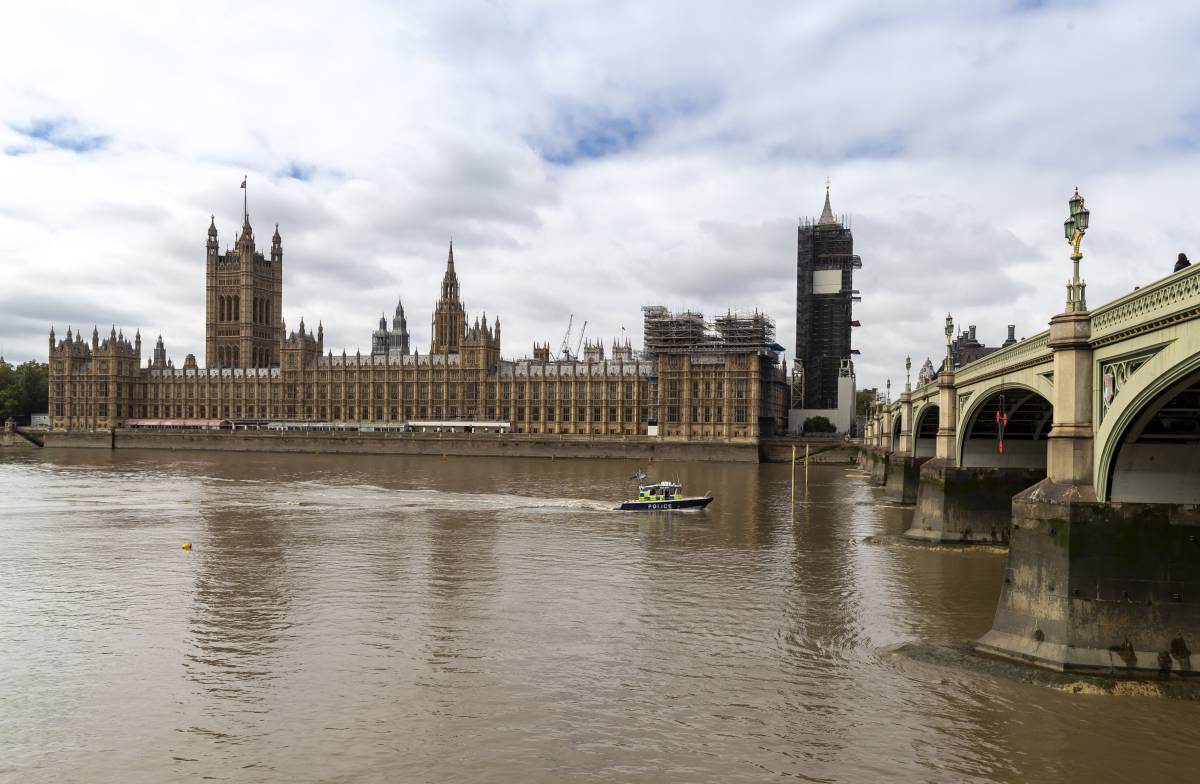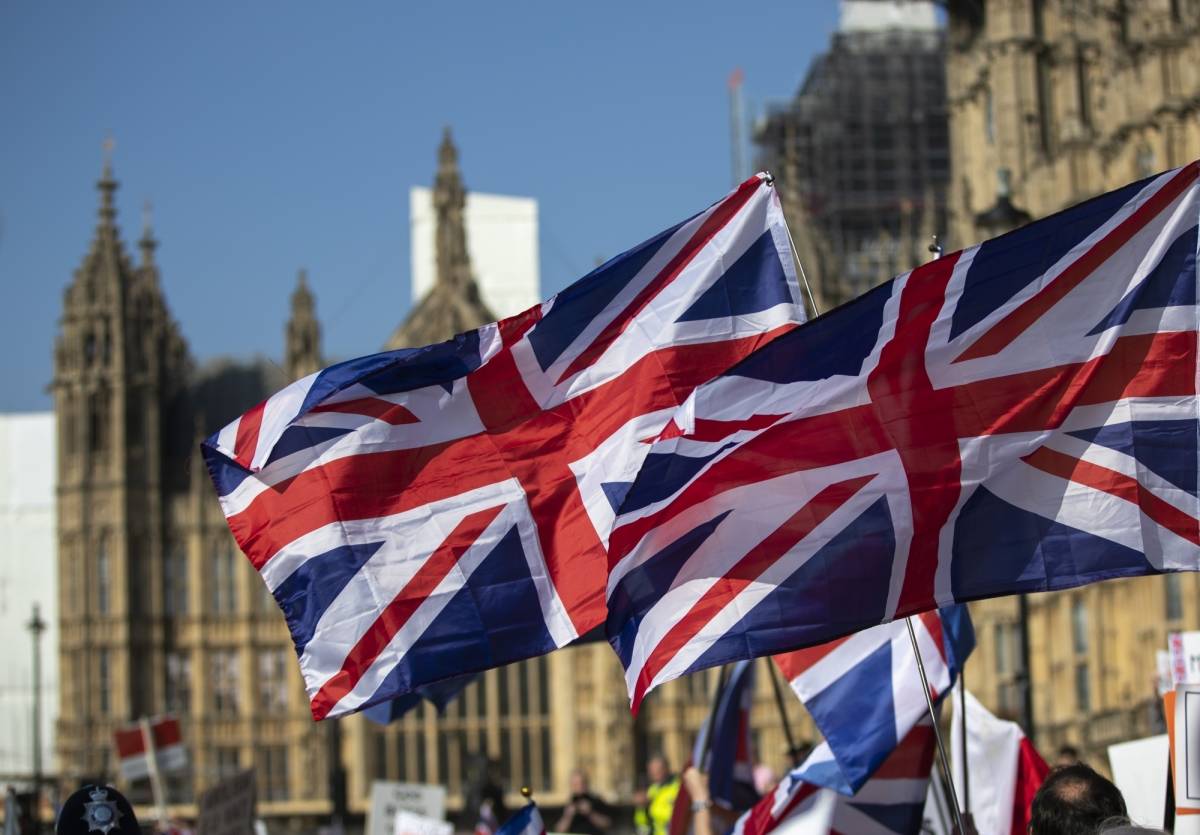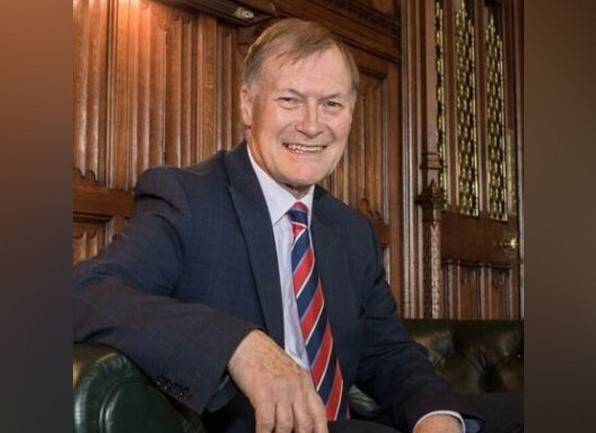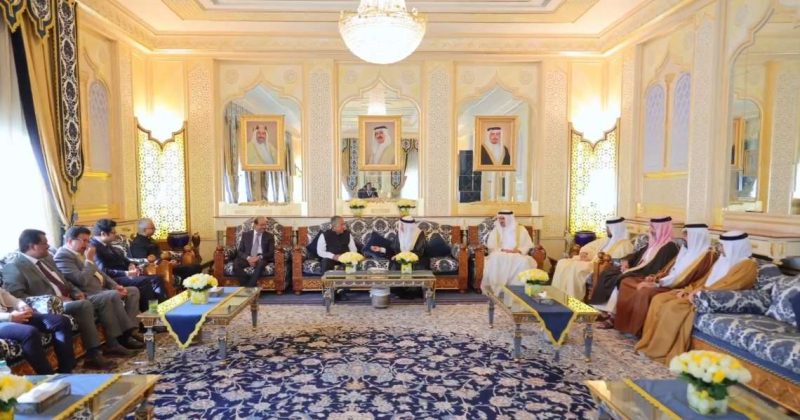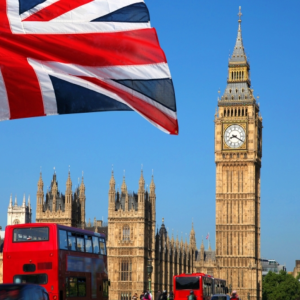A Parliament House to substitute the present one, notwithstanding its shortcomings, has never been a preference for a British government…reports Ashis Ray
No new Parliament building is coming up or will be erected in Britain to replace the Palace of Westminster, despite it being 1005 years old and both the House of Commons and the House of Lords being inadequate to seat all its respective members. Instead a massive repair and restoration project is underway for a construction which came up in 1016.
In order to achieve the ambitious objective, over 50 skilled engineers, architectural surveyors, acoustics and lighting experts and ecologists spent a combined 4,700 hours over Parliament’s recent summer recess investigating and assembling a most detailed record of the complex.
Sarah Johnson, CEO of the Houses of Parliament Restoration & Renewal Sponsor Body, said: “The essential programme to restore the deteriorating Palace of Westminster will protect our world-famous Parliament for generations to come.”
A Parliament House to substitute the present one, notwithstanding its shortcomings, has never been a preference for a British government.
Jacob Rees-Mogg, leader of the House of Commons, emphasised: “The Houses of Parliament building is recognised the world over as a symbol of our nation.”

A total of 2,343 rooms, spaces and conference areas were examined over the summer, with experts recording thousands of issues including cracks in stonework and widespread water damage. The intricate network of outdated electrical and mechanical systems was analysed.
Many of the historic features, including original Victorian stained-glass windows which are warping and sagging due to age, have issues. The specialists also studied the enormous basement and the miles of outdated and interweaving gas, electrics, water, sewage, and heating pipes to get up to date records on the problems that need fixing.
Work was also done to understand the provenance of quirky candle and gas light fittings, some of which were discovered to have been turned upside down when converted to electric power over 100 years ago. Further investigation is ongoing but it is thought the Palace may contain the oldest still-in-use gas lighting system in the world. Several remarkable candle chandeliers that survived the great fire of 1834 which destroyed the original Palace were also studied and recorded.
Acoustics experts considered how to improve audibility within the building; walked 240 km, measuring 80 rooms, running 300 individual acoustics tests, taking 2,000 measurements.
Experts in ecology and door specialists from Manchester, window surveyors from Glasgow and architects and engineers from across London, in addition to historic surveyors and specialists from Cambridge, Suffolk and Hampshire, were involved in the meticulous examination.
The monumental project could consume 30 years and cost up to 12 billion pounds ($16 billion). If fact the current, highly technical scrutiny of the state of play and what needs to be done to deliver a comfortable, yet visually unchanged interior and exterior will resume over the winter and continue next year.
The Palace of Westminster has survived a bombing threat. Around midnight on November 4, 1605, Guy Fawkes was found in one of its cellars with barrels of gunpowder. The conspiracy by persecuted Catholics against the Protestant dispensation was to blow up the building. Fawkes and his plotters were executed for treason. Thus, every November 5, the Britons mark the day by burning his effigies.
The message from the mother of democracy is stoic. An iconic Parliament House is a symbol of the UK’s heritage. It is irreplaceable.


